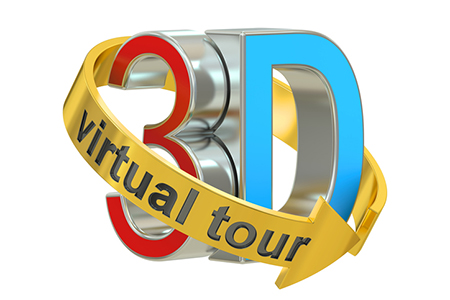If you’ve started reading this article, congratulations! You are at least one step ahead of approximately 90 percent of your peers by simply implementing some sort of virtual tour element into your listings. With 70 percent of home sellers expecting a virtual tour to represent their property, and less than 9 percent of agents actually doing so, according to the National Association of REALTORS® (NAR), why not continue your gain in the marketplace by taking virtual tours to the next level with virtual reality?
Since integrating virtual reality into Engel & Völkers shops throughout North America, here are a few best practices we’ve learned so far:
- Own it. If you’ve invested in a 3D camera and are committed to this offering for your clientele, leverage it—in many cases, you may be the first in your marketplace to do so. Incorporate this point of differentiation in your consumer marketing materials, via social media and public relations efforts, as well as within your talent attraction strategy. If nothing else, be sure it’s a focus at any listing presentation. Consider bringing a pair of branded Google cardboards for a short demonstration with your prospective client. You’re likely to leave a lasting impression, and you’ll be a tough act to follow.
- It’s in the details. Infopoints allow a user to guide themselves through a 3D tour. While it’s important to place these points in entrances and doorways to help people understand the flow of the home, it’s also a good idea to place them near feature points that one may not notice immediately, such as smart home functions, picturesque windows or any detail that you think could help win over a potential buyer.
- Be present. Just because you offer virtual reality tours does not mean your voice and expertise should be silenced—on the contrary, in fact. Many VR platforms allow you to embed audio recordings from YouTube, so consider recording customized welcome remarks to continue to build on the experience. The immoviewer platform, for example, actually allows an agent to give live, guided virtual reality tours as their client views it from anywhere in the world, so when an agent and client aren’t able to connect in-person, this brings technology and the human element together for an optimal experience.
- Go outside. While it’s natural to spend most of your time shooting VR within the home, don’t forget about the outdoor attributes that can make a home really stand out. Curb appeal, landscaping, views, patios, etc. are all quality selling features that should not be missed.
- Analyze and inform. One of the best features of VR tours is the ability to track human behavior. Analytics on where viewers spend the most time during a tour, for example, can help you guide your seller to consider any home adjustments that may need to be made to sell the home quickly to the most qualified buyer.
For more information, please visit www.evusa.com.
For the latest real estate news and trends, bookmark RISMedia.com.











